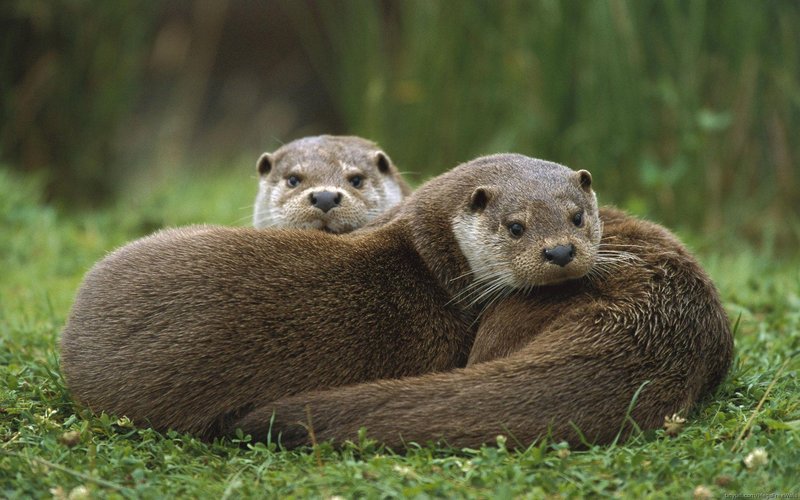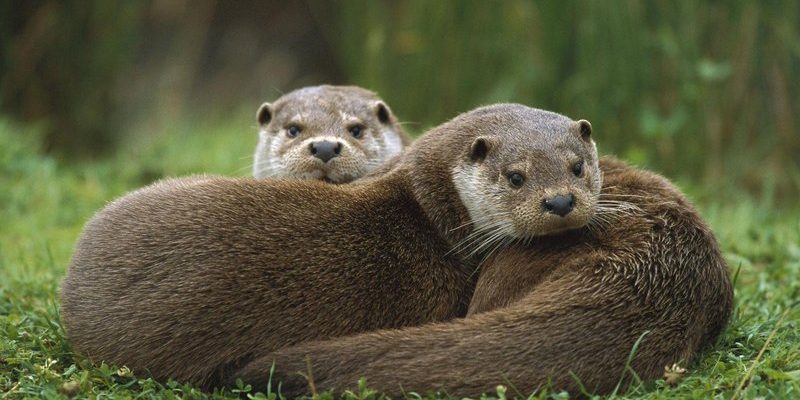
Picture a busy diner kitchen—if one chef is missing, things can get chaotic. That’s kind of what happens when otters are absent from their ecosystems. They’re like that chef who keeps everything running smoothly, ensuring that the “kitchen” doesn’t get overwhelmed. These fascinating mammals are not just adorable distractions; they’re crucial players in the natural world. Through their behaviors, they help other species thrive and keep their environments healthy.
Otters as Keystone Species
You might be wondering, what’s a *keystone species*? Well, it’s a term that describes a species that has a disproportionately large impact on its environment compared to its abundance. Otters fit this role perfectly. By controlling prey populations and promoting healthy ecosystems, they help maintain balance in their habitats.
For instance, otters primarily feed on sea urchins, crabs, and various fish. Without otters chomping down on these species, you’d see a dramatic increase in their populations. This imbalance can lead to overgrazing of kelp forests, which are crucial for marine biodiversity. In a nutshell, otters keep those pesky sea urchins in check, allowing kelp and other plant life to flourish.
On a broader scale, the presence of otters contributes to complex food webs. When they thrive, they support numerous fish and plant species, creating a healthier ecosystem overall. It’s a perfect example of how one species can influence many others, creating a ripple effect that promotes biodiversity.
The Role of Otters in Water Quality
Here’s the thing: otters aren’t just adorable; they’re also fantastic indicators of water quality. They rely on clean, healthy water for hunting and living. Because of this, scientists often look at otter populations to gauge the overall health of aquatic environments.
When otters are present, it usually signals that the water quality is good. They need clean habitats to thrive, so their presence can mean fewer pollutants and richer ecosystems. If otter populations start to decline, it can indicate larger problems in the environment, like pollution or habitat loss.
In practical terms, otters help ensure that the waters they inhabit stay clean. When they hunt for fish and crustaceans, they often stir up the sediment at the bottom, which can help aerate the water and promote the growth of beneficial microorganisms. It’s like having a natural filter, constantly working to keep their environment healthy.
Otters and Their Influence on Biodiversity
Otters play a substantial role in promoting biodiversity within their ecosystems. When they hunt and interact with other species, they effectively create a mosaic of life in their habitats. Often, when a predator like the otter thrives, it helps sustain a variety of other species by keeping prey populations in balance.
For instance, their predation on certain fish populations can have a positive ripple effect, as it allows other fish species that might be outcompeted to flourish. This balance promotes a rich tapestry of life, ensuring that various species can coexist within an ecosystem.
In addition, otters help by creating habitats themselves. When they feed, they often leave behind remnants, such as shells and uneaten fish parts. These remnants can become food sources for other creatures, further enhancing competition and coexistence among different species.
Otters as Indicators of Climate Change
Climate change is a pressing issue for many species, including otters. Because they live in sensitive coastal and freshwater ecosystems, changes in their populations can serve as indicators of broader environmental shifts.
For example, rising temperatures can impact the availability of food and suitable habitats for otters. Changes in precipitation patterns can affect the water levels in rivers and lakes, altering the habitats otters rely on. When you see otters struggling in certain areas, it can signal that something larger is happening in the environment—like changes brought on by climate change.
This is significant because it helps conservationists and scientists understand how climate change is impacting different species. By monitoring otter populations, they can alert local communities about the need for protective measures, which can benefit the entire ecosystem.
The Importance of Otters in Ecosystem Health and Restoration
Restoration projects often involve understanding the role of keystone species like otters. When attempting to rehabilitate degraded habitats, ensuring a healthy otter population can be a key factor in success.
Healthy otter populations can help restore the balance of prey and plant life, making ecosystems more resilient. For instance, reintroducing otters to areas where they’ve been absent can jumpstart ecological recovery, allowing for the restoration of kelp forests and other vital habitats.
Here’s a great example: In the Pacific Northwest, the reintroduction of sea otters helped restore coastal ecosystems that had been damaged by overfishing and pollution. As their numbers grew, they kept sea urchin populations in check, allowing kelp forests to flourish. This success story shows how valuable otters can be not just for themselves, but for the entire ecosystem they inhabit.
Conservation Efforts and the Future of Otters
Now, let’s talk about how we can help. Otters have faced various threats, including habitat destruction, pollution, and climate change. Conservation efforts are crucial to ensuring their survival. Organizations and communities are working together to protect habitats, clean up waterways, and raise awareness about the significance of otters in their ecosystems.
You can get involved, too! Whether it’s participating in local conservation efforts, supporting wildlife organizations, or even just spreading the word about otters, every little action counts. Your engagement can help make a difference and ensure these charming creatures continue to play their vital roles.
In the grand scheme of things, protecting otters means protecting entire ecosystems. By championing conservation efforts, we’re also looking out for countless other species that rely on healthy habitats to thrive.
In conclusion, otters are more than just cute, playful animals. They are essential players in their ecosystems, acting as keystone species that promote biodiversity, maintain water quality, and serve as indicators of environmental health. By understanding and supporting their roles, we can help ensure a thriving future for otters and the environments they inhabit. So, the next time you see an otter swimming peacefully, remember that they’re not just having fun—they’re working hard to keep their ecosystem in balance.

